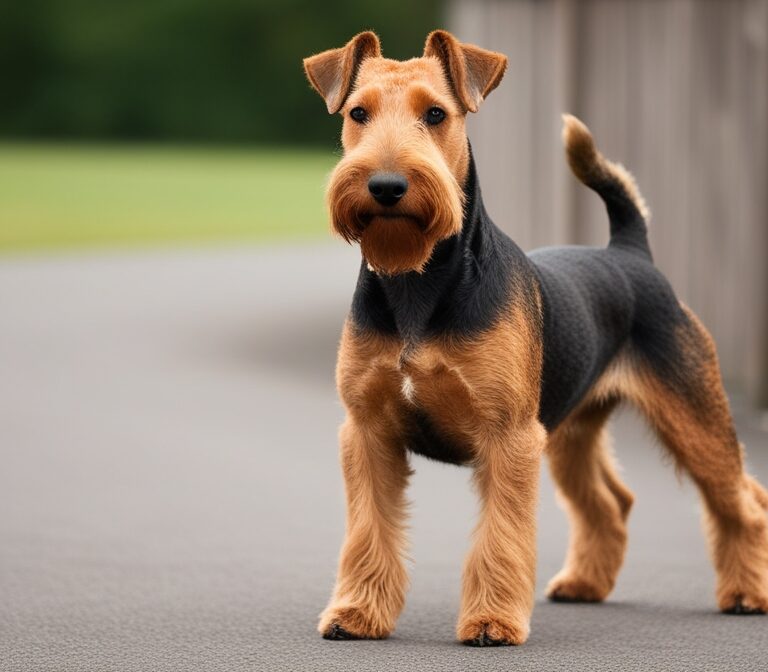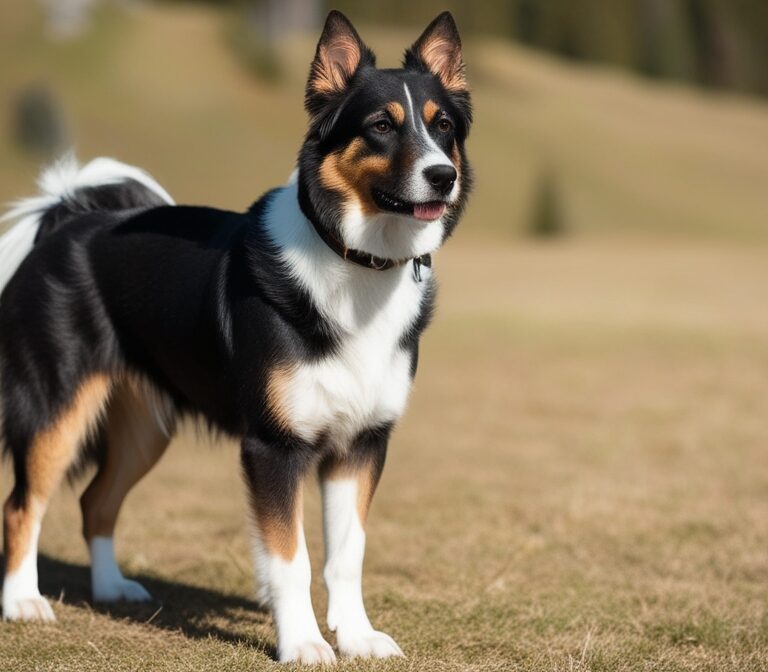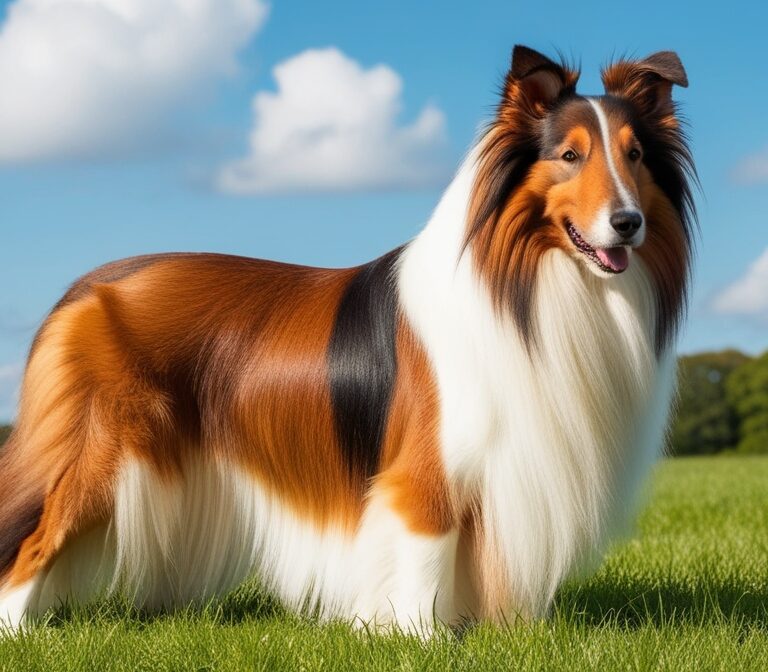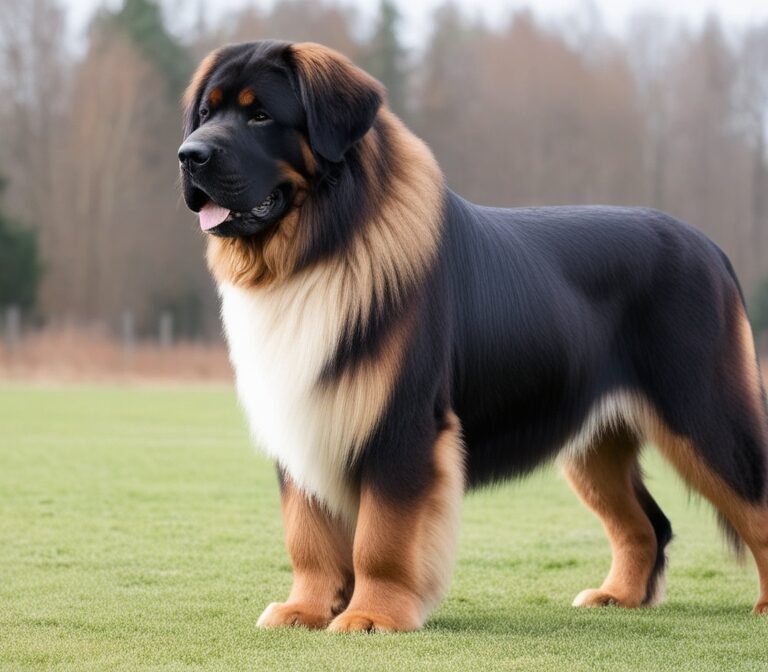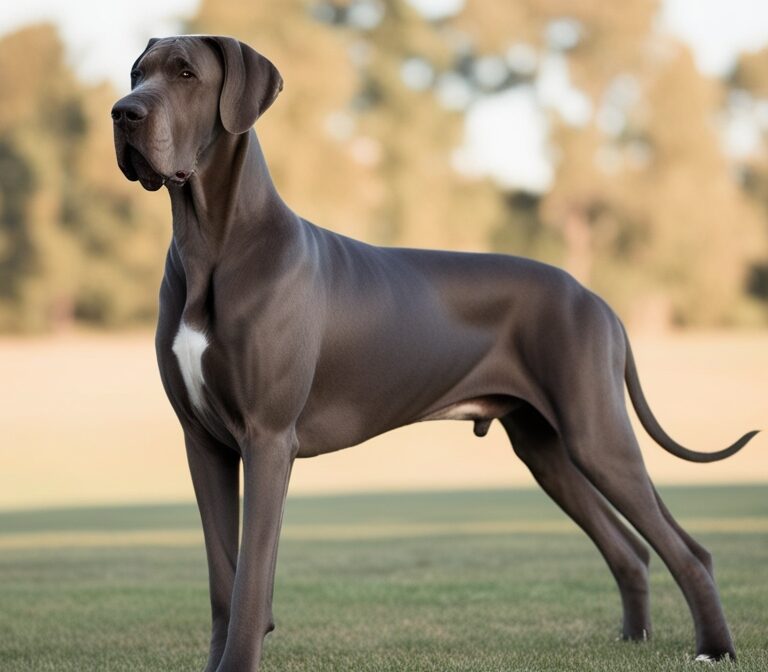Dandie Dinmont Terrier
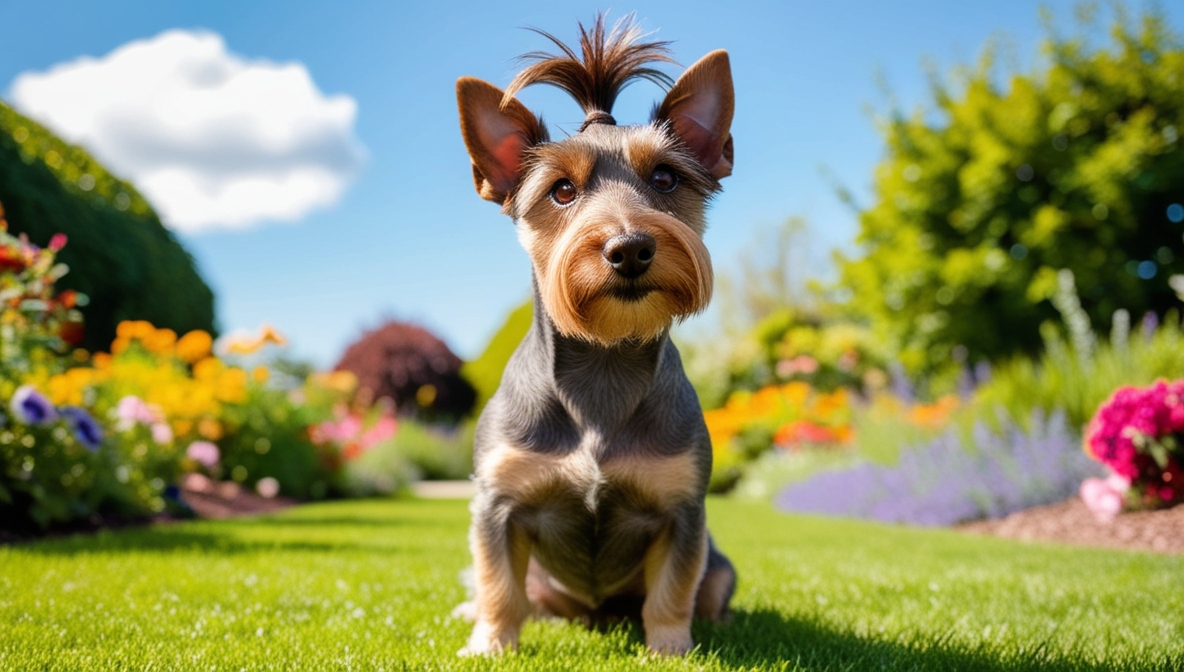
Introduction to the Dandie Dinmont Terrier
The Dandie Dinmont Terrier is one of the most distinctive and charming small terrier breeds, beloved for its long body, unique “topknot” of silky hair, and affectionate personality. Known as one of the oldest terrier breeds, the Dandie Dinmont has a rich history tied to Scotland and literary fame. Despite its small stature, this breed is robust, courageous, and surprisingly independent.
As one of the rarer terrier breeds today, the Dandie Dinmont Terrier is prized among enthusiasts for its character, intelligence, and loyalty. It is a dog that balances playful energy with calmness, making it well-suited for both active and relaxed households.
History and Origin
The origins of the Dandie Dinmont Terrier date back to the border regions between Scotland and England during the 1700s. These small, hardy terriers were bred by farmers and hunters to control vermin, foxes, and otters. Their long bodies and short legs made them ideal for digging into burrows, while their tenacious personalities made them fearless in the field.
The breed owes its name to Sir Walter Scott’s 1815 novel Guy Mannering, which featured a character named Dandie Dinmont who owned a pack of terriers. Although Scott did not invent the breed, his work popularized it and permanently linked the name to these little dogs. Prior to that, they were simply known as terriers of the border region.
The breed’s heritage includes a close relationship to other terriers of the area, such as the Bedlington Terrier and the Otterhound. Over the centuries, careful breeding preserved its unique appearance and personality, making the Dandie Dinmont Terrier one of the most recognizable terrier breeds today.
Distinctive Appearance
One of the most remarkable features of the Dandie Dinmont Terrier is its appearance. With its elongated body, short legs, and large expressive eyes, it has an unmistakable silhouette. The head is crowned with a distinctive topknot of silky hair, giving the breed an elegant yet whimsical look.
Dandies have a double coat: a soft undercoat for warmth and a harsher topcoat for protection. This combination gives them a crisp texture that helps resist dirt and weather. Their coats come in two main color varieties: “pepper,” a mixture of silver and dark gray, and “mustard,” ranging from reddish-brown to pale fawn. Puppies are typically born very dark and gradually lighten as they mature.
The breed is small but sturdy, usually weighing between 18 and 24 pounds. Despite its size, the Dandie Dinmont Terrier has a surprisingly muscular build and a tail that curves upward like a scimitar.
Temperament and Personality
The Dandie Dinmont Terrier is often described as a dog of contrasts. While it retains the bold and spirited nature of a terrier, it is also gentle, affectionate, and calm indoors. Unlike some terriers, which can be highly excitable, Dandies are often more dignified and reserved, especially with strangers.
With family members, however, they are affectionate and playful. They bond deeply with their owners and thrive on companionship. Their intelligence makes them quick learners, though they also have an independent streak that requires patient, consistent training.
They are excellent watchdogs due to their alert nature and deep bark, which is surprising for their size. At the same time, they are not overly yappy, making them well-suited for quieter households.
Living with a Dandie Dinmont Terrier
Dandie Dinmont Terriers adapt well to a variety of living situations, whether in a city apartment or a rural home. Their relatively moderate exercise needs make them suitable for people who cannot provide constant activity, though they still enjoy regular walks and play sessions.
Because of their hunting heritage, Dandies should be kept on a leash or in a secure yard, as they may chase after small animals. Despite this instinct, they usually get along well with other dogs, especially if raised with them.
With children, Dandies are patient and affectionate, though supervision is always recommended to ensure respectful handling. They enjoy being part of family activities and do not do well when left alone for long periods.
Exercise and Activity Needs
Although not as high-energy as some terriers, the Dandie Dinmont Terrier still requires daily exercise. A brisk walk, some playtime in a secure yard, or indoor games can satisfy its activity needs. Mental stimulation is equally important, as this intelligent breed enjoys problem-solving and interactive play.
Agility, obedience, and scent-tracking sports are excellent outlets for a Dandie’s energy and natural talents. However, their long backs mean that activities requiring excessive jumping should be avoided to protect their spine.
Grooming Requirements
The grooming needs of a Dandie Dinmont Terrier are moderate but important. Their unique coat requires regular brushing, usually two to three times per week, to prevent matting and to keep the texture crisp. Professional grooming is recommended every few months, including hand-stripping to maintain coat quality.
The breed’s signature topknot should be kept clean and tidy, as it can become tangled. Regular trimming around the eyes and ears ensures that the dog can see clearly and remain comfortable. Routine nail trimming, ear cleaning, and dental care are essential parts of the grooming routine.
Training and Socialization
Training a Dandie Dinmont Terrier requires a balance of firmness, patience, and positive reinforcement. They are intelligent and quick to learn, but their independent terrier nature means they may occasionally test boundaries. Harsh training methods are ineffective; gentle guidance and consistency yield the best results.
Early socialization is critical to help the breed grow into a confident and well-mannered companion. Introducing them to a variety of people, places, and other animals at a young age reduces shyness or stubbornness later in life.
Health and Lifespan
The Dandie Dinmont Terrier is generally a healthy breed with a lifespan of 12 to 15 years. Like all breeds, they are prone to certain health conditions, some of which are linked to their unique body shape.
Potential health concerns include:
- Intervertebral Disc Disease (IVDD): Due to their long backs, Dandies are at higher risk for spinal problems.
- Glaucoma: Eye health should be monitored closely, as glaucoma can develop in the breed.
- Epilepsy: Some dogs may experience seizures.
- Hip Dysplasia and Elbow Dysplasia: Though less common, these joint issues can affect the breed.
Responsible breeders screen for these conditions to reduce risk. Owners can support their dog’s health by maintaining a healthy weight, providing joint-friendly exercise, and scheduling regular veterinary check-ups.
Nutrition and Diet
A balanced diet is crucial for the Dandie Dinmont Terrier’s health. High-quality dog food, whether commercial or home-prepared with veterinary guidance, should meet their nutritional needs.
Because the breed is prone to obesity, portion control is especially important. Extra weight can strain their spine and joints, increasing the risk of back problems. Treats should be given sparingly, and food should be measured rather than left out all day.
Fresh water should always be available, and diets rich in lean protein, healthy fats, and essential vitamins help maintain coat health and overall vitality.
The Dandie Dinmont Terrier as a Family Dog
Dandies make exceptional family companions due to their affectionate, loyal, and protective nature. They are particularly well-suited to households that can offer them consistent companionship without excessive chaos. Their gentle temperament makes them good with children, provided interactions are respectful.
They thrive in homes where they are included in daily life and activities. Whether lounging on the sofa, taking part in a family walk, or playing in the yard, the Dandie Dinmont Terrier enjoys being part of its pack.
Popularity and Rarity
Despite their charm, the Dandie Dinmont Terrier is considered one of the rarest terrier breeds today. Their numbers are limited, and they are classified as a vulnerable native breed in the United Kingdom. Dedicated breed clubs and enthusiasts are working hard to preserve their heritage and encourage responsible breeding.
In the United States, the breed is recognized by the American Kennel Club (AKC) and other major kennel organizations worldwide. While not as commonly seen as some other terriers, the Dandie Dinmont remains beloved among those who know its unique appeal.
Activities and Roles Beyond Companionship
While primarily kept as a companion today, the Dandie Dinmont Terrier still excels in many canine activities. Their intelligence and agility allow them to participate in obedience trials, agility competitions, and scent work.
Some Dandies are even used in therapy and emotional support roles due to their calm and affectionate temperament. Their steady demeanor and loving nature make them excellent companions for people in need of comfort and companionship.
Preservation and Breed Clubs
Because of their rarity, the preservation of the Dandie Dinmont Terrier depends on the work of dedicated breed clubs and enthusiasts. Organizations such as The Dandie Dinmont Terrier Club, founded in 1875 in the UK, are instrumental in maintaining breed standards, promoting responsible breeding, and encouraging awareness of the breed.
In recent years, conservation efforts have been put in place to protect the genetic diversity of the breed. By promoting education and responsible ownership, these clubs help ensure that the Dandie Dinmont Terrier will continue to be cherished for generations.
Conclusion
The Dandie Dinmont Terrier is a small dog with a big personality. From its historical roots in the Scottish borders to its modern role as a devoted family companion, the breed has maintained its unique charm and individuality. With its affectionate temperament, distinctive appearance, and adaptable lifestyle, it is a breed that truly stands out.
Although rare, those who share their lives with a Dandie often describe the experience as unforgettable. Loyal, loving, and endlessly charming, the Dandie Dinmont Terrier embodies the best qualities of a terrier while offering something uniquely its own.

